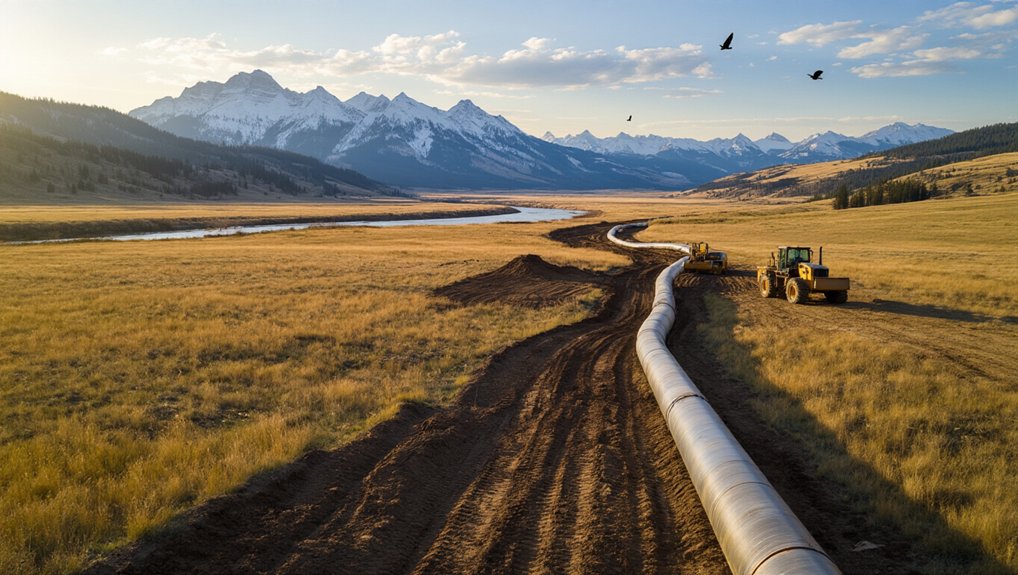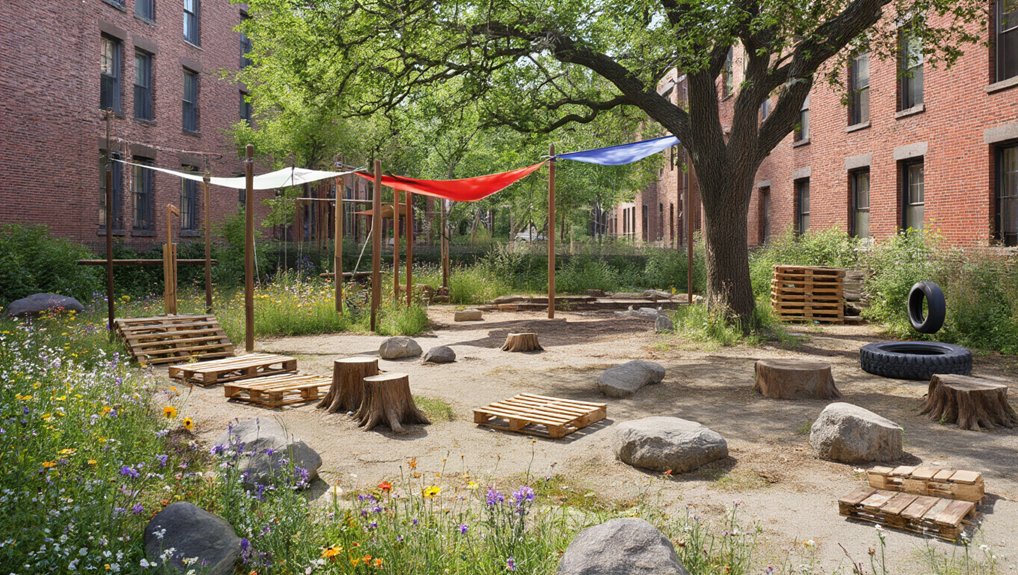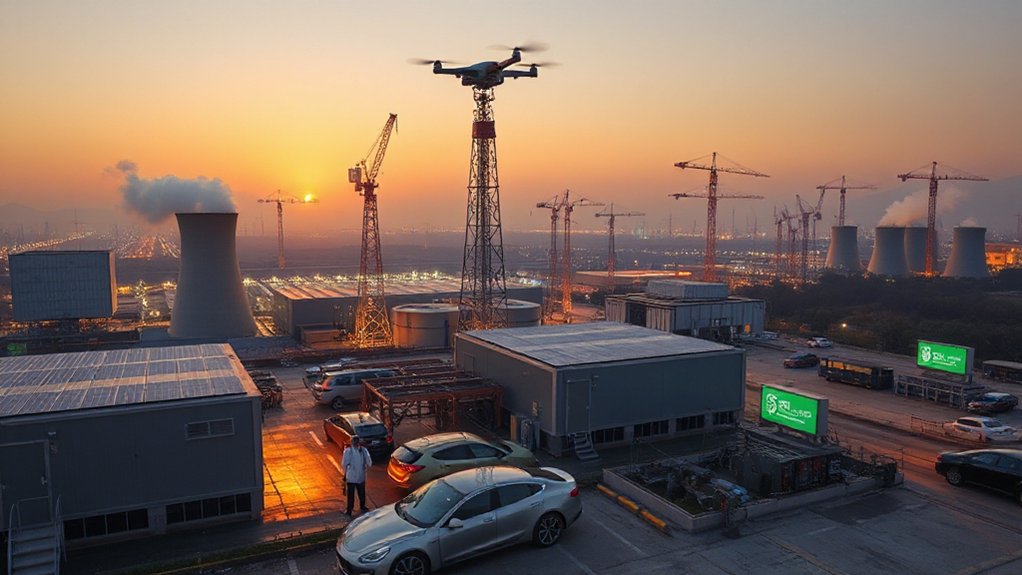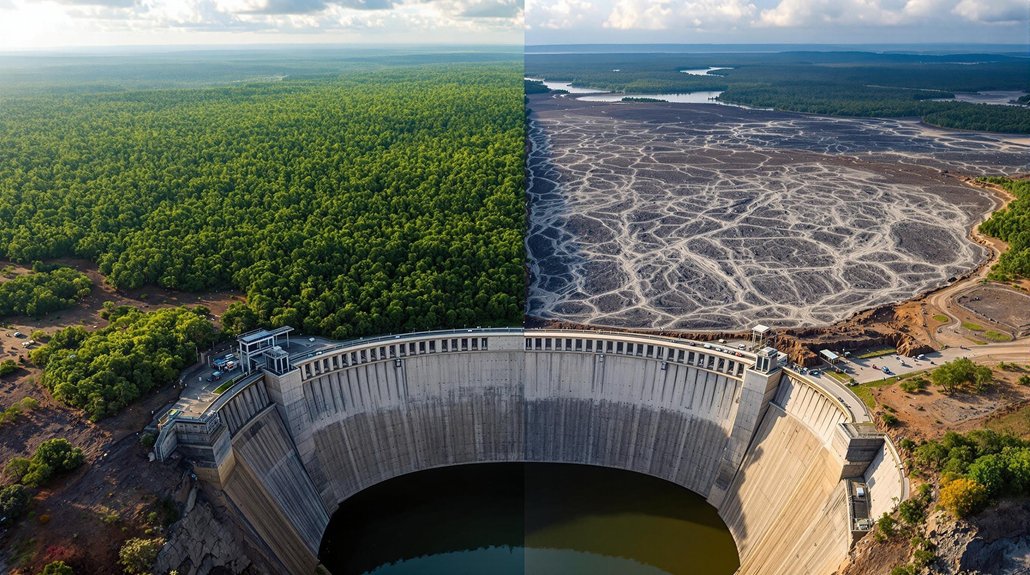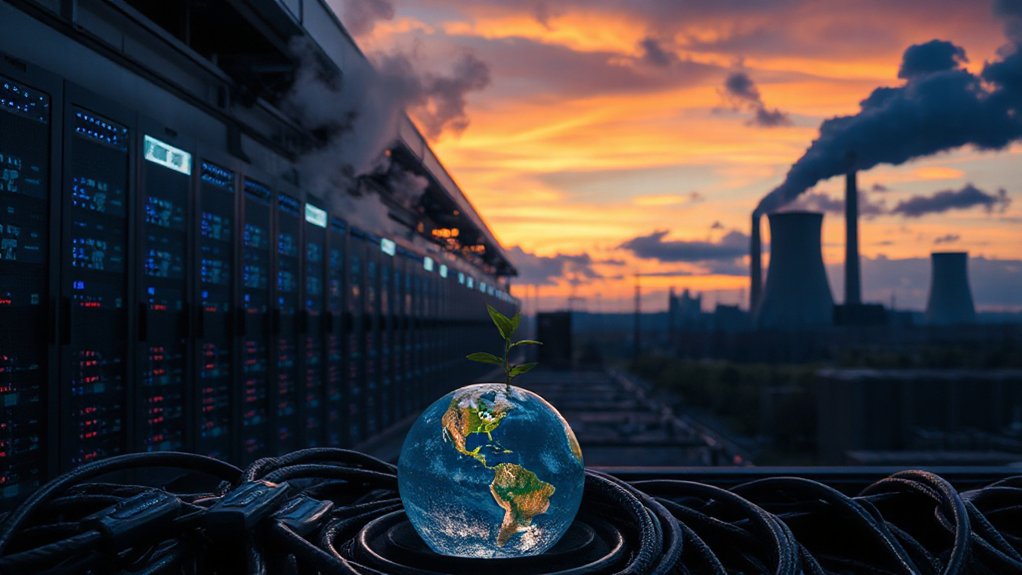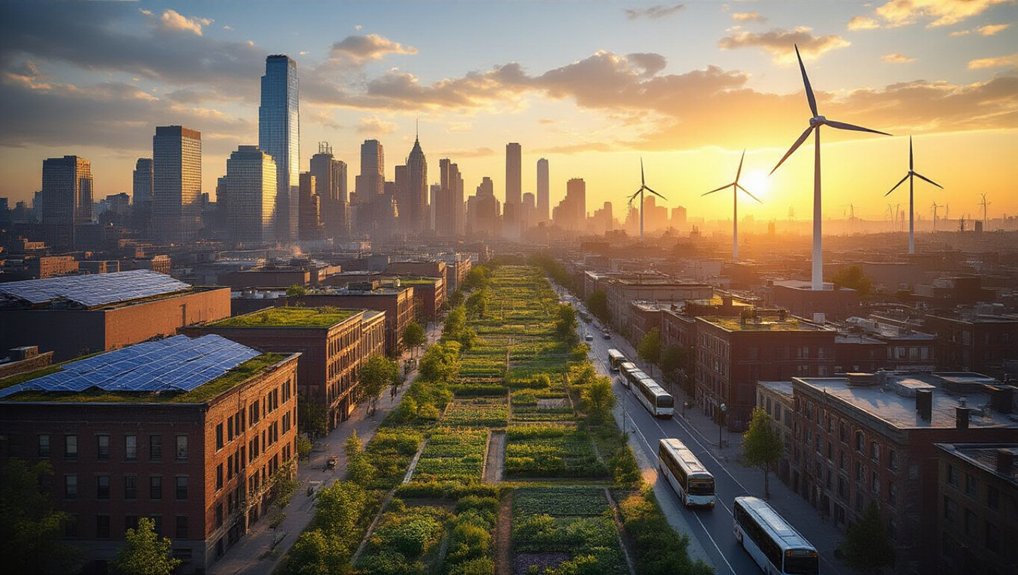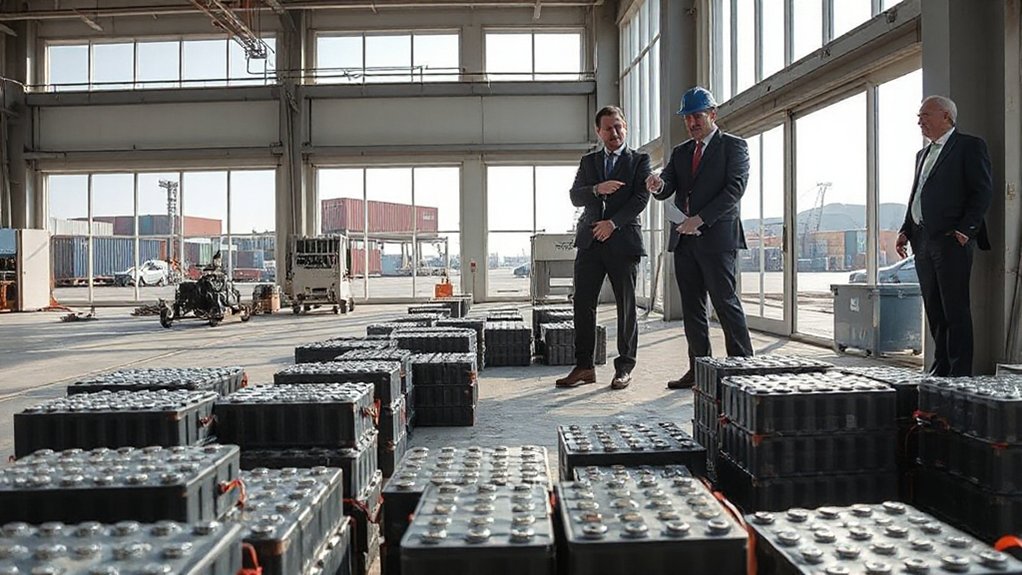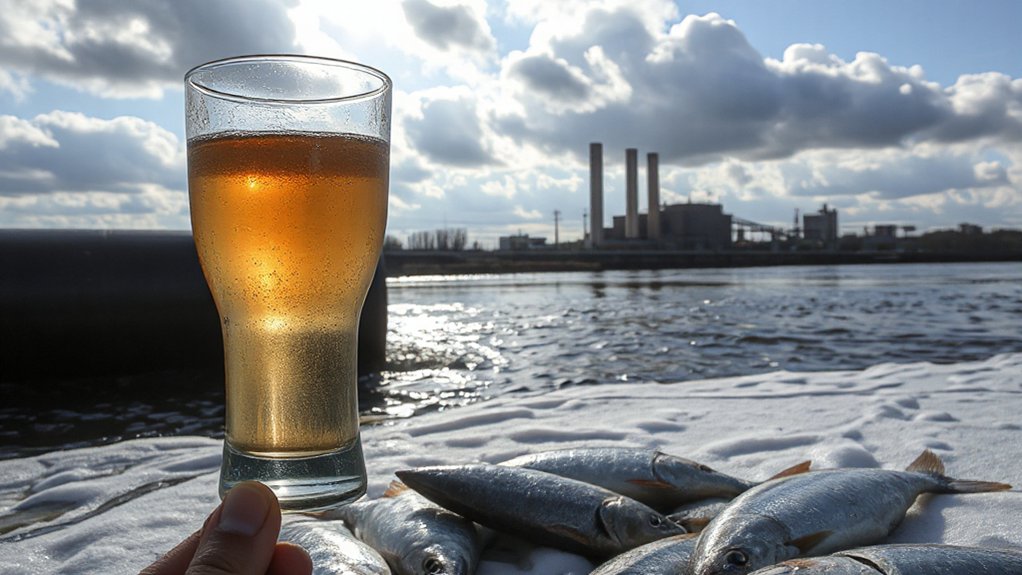Despite mounting pressure from environmental groups, Montana continues to push forward with controversial gas pipeline developments that threaten local ecosystems. The latest 74-mile project from Helena to Three Forks has been fast-tracked by federal agencies, raising eyebrows and tempers across the state. Because who needs thorough environmental reviews when there’s money to be made?
Federal and state agencies technically require environmental assessments before giving these projects the green light. These reviews are supposed to look at everything from soil impacts to wildlife disruption. But Montana officials themselves have called some federal reviews “deficient” for glossing over spill risks. Not exactly inspiring confidence, is it?
Environmental reviews exist on paper but evidently not in practice when there’s fossil fuel infrastructure to be rushed through.
The construction process isn’t pretty. Pipelines tear up topsoil, strip away vegetation, and compact what’s left into a sad approximation of what was once there. Sure, companies talk about “reclamation plans,” but the reality is that productivity takes a hit. Agricultural land doesn’t bounce back overnight. These extraction processes destroy natural habitats and contaminate nearby water sources with toxic chemicals.
Water resources face even bigger threats. Montana’s already had pipeline disasters affect major waterways like the Yellowstone River. Governor Steve Bullock specifically voiced concern about inadequate analysis of potential oil spills affecting Montana’s water supplies. Groundwater, rivers, wetlands – all at risk from potential leaks. Yet somehow, the approval process marches on.
Wildlife suffers too. Pipeline corridors slice through habitat like a hot knife through butter, disrupting migration routes and scaring off sensitive species. Construction noise and machinery don’t exactly create a wildlife paradise. The permanent habitat changes last long after the construction crews leave.
The government does require bonds for construction and restoration, holding companies financially accountable – at least in theory. These projects often follow existing infrastructure paths to minimize new disturbance, which sounds nice until you realize it’s still disrupting ranching, agriculture, and recreation.
The economic boost is real but temporary. Construction jobs disappear once the pipeline is complete, leaving behind permanent land use restrictions within easements. Montana’s balancing act between development and environmental protection seems to be tipping decidedly in one direction. Spoiler alert: it’s not toward protection.
References
- https://dnrc.mt.gov/_docs/environmental-documents/land-lease-use-licenses/06-17-2025_158195725_Zach-Johnson-Stock-water-pipeline.pdf
- https://eplanning.blm.gov/public_projects/2038860/200654932/20135728/251035708/Preliminary Chapters 1 and 2_Helena to Three Forks Natural Gas Pipeline EA.pdf
- https://dnrc.mt.gov/_docs/environmental-documents/right-easement/04-03-2024_ONEOK-Rockies-gas-pipeline.pdf
- https://archive.legmt.gov/content/Publications/MEPA/2009/deq0930_2009021.pdf
- https://missoulacurrent.com/keystone-pipeline-montana/
